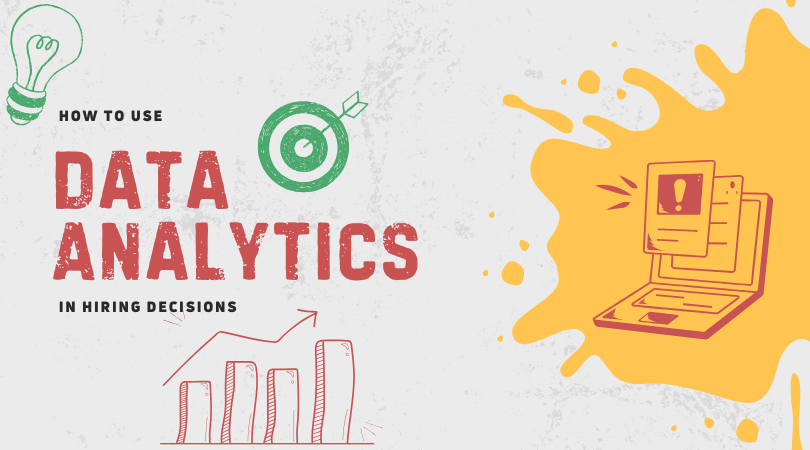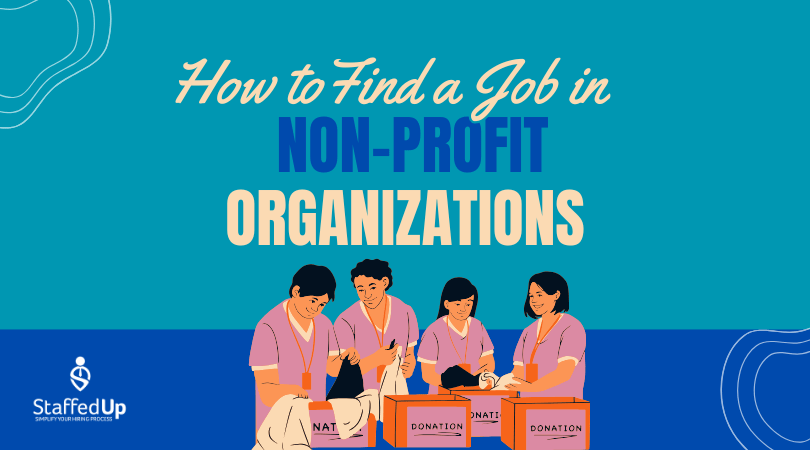
How to Use Data Analytics in Hiring Decisions
In today’s competitive job market, making informed hiring decisions is crucial. Data analytics has emerged as a powerful tool to help organizations streamline their recruitment processes and make better hiring decisions. By leveraging data analysis, companies can gain valuable insights into candidate performance, reduce biases, and ultimately improve their hiring outcomes.
The Role of Data Analytics in Recruitment
Data analytics involves the systematic analysis of data to uncover patterns and insights. In the context of hiring, data analysis can help identify the most effective recruitment channels, predict candidate success, and optimize the overall hiring process. According to a report by Deloitte, companies that use data analytics in their hiring decisions are more likely to achieve higher employee retention and satisfaction rates1.
Benefits of Using Data Analytics in Hiring Decisions
- Improved Candidate Selection: Data analysis allows recruiters to assess candidates based on objective criteria, such as skills, experience, and cultural fit. This reduces the likelihood of biases and ensures that the best candidates are selected2.
- Enhanced Efficiency: By automating the screening process, data analysis can significantly reduce the time and effort required to review applications. This enables recruiters to focus on high-value tasks, such as interviewing and onboarding3.
- Better Business Outcomes: Companies that use data analysis in their hiring decisions are more likely to see improvements in employee performance and productivity. This can lead to better business outcomes and a stronger competitive advantage4.
How to Implement Data Analytics in Your Hiring Process
- Collect Relevant Data: Start by gathering data from various sources, such as resumes, job applications, and interview feedback. Ensure that the data is accurate and up-to-date.
- Use Analytical Tools: Leverage analytical tools and software to analyze the collected data. Tools like Applicant Tracking Systems (ATS) and Human Resource Information Systems (HRIS) can help streamline this process.
- Identify Key Metrics: Determine the key metrics that are most relevant to your hiring goals. These may include time-to-hire, cost-per-hire, and candidate quality.
- Analyze and Interpret Data: Use data to identify trends and patterns in your recruitment process. This can help you make data-driven decisions and continuously improve your hiring strategy.
Real-World Examples
Many leading companies have successfully implemented data analysis in their hiring processes. For instance, Google uses data analytics to predict candidate success and improve diversity in their workforce5. Similarly, IBM leverages data analytics to identify the skills and attributes that are most predictive of employee success6.
Conclusion
Data analytics is transforming the way organizations make hiring decisions. By leveraging data-driven insights, companies can improve candidate selection, enhance efficiency, and drive better business outcomes. Try a tool like StaffedUp to embrace data analytics in your hiring process today and unlock the full potential of your recruitment strategy





